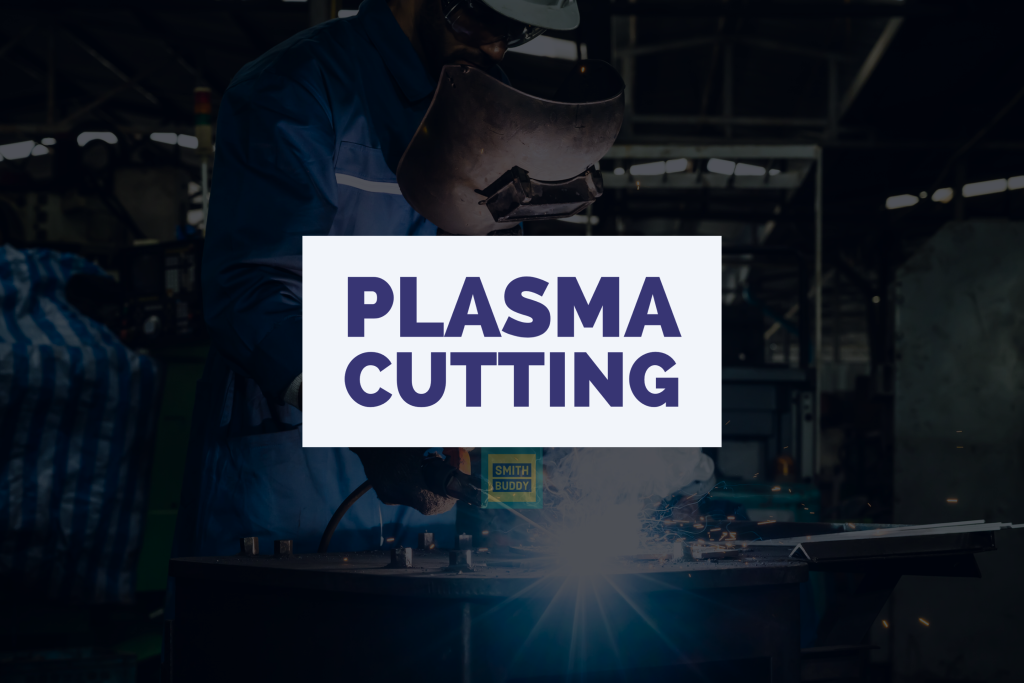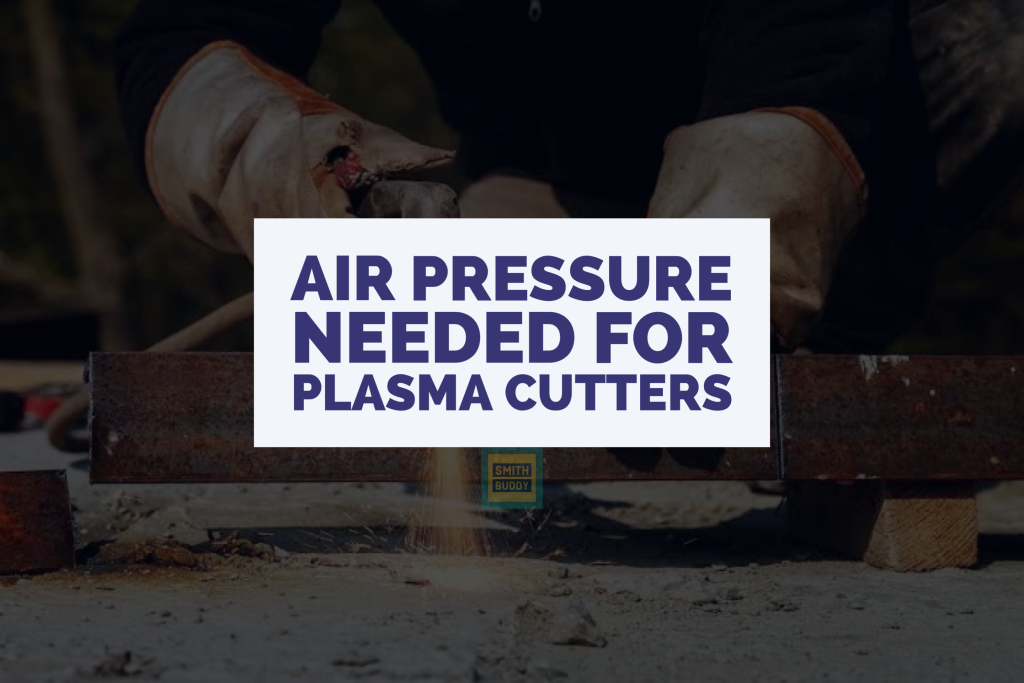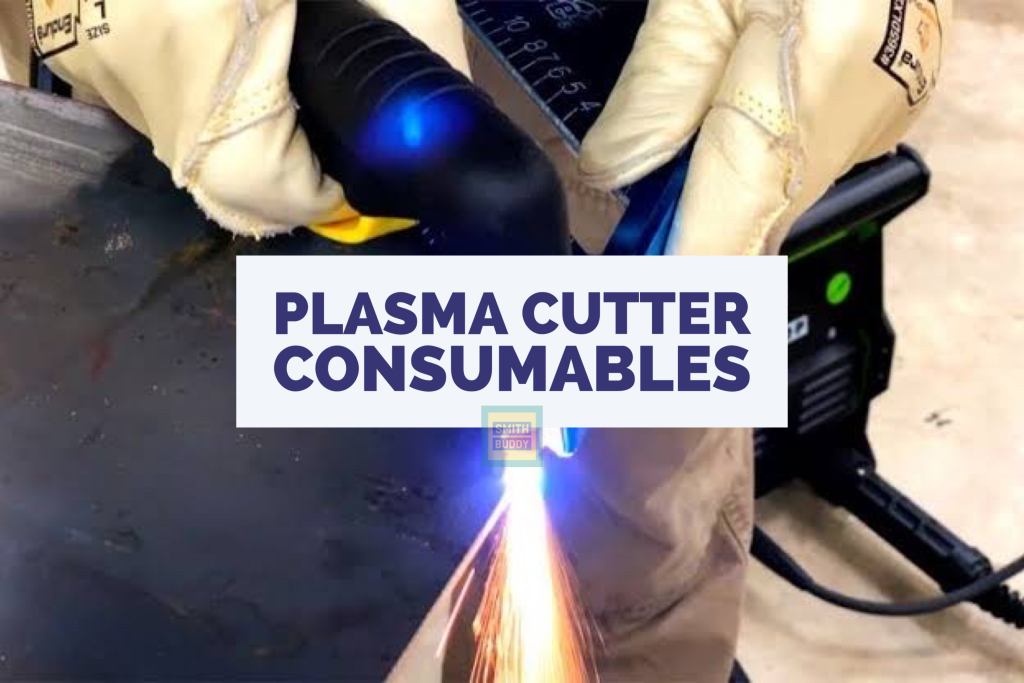Cutting stainless steel with a plasma cutter is a highly efficient and cost–effective way of cutting through the material. Plasma cutters are used to cut through a variety of metals, but they are especially useful in cutting stainless steel due to the high heat and speed of the plasma arc. Plasma cutting is a fast, clean, and precise way of cutting through stainless steel, and the process is relatively simple and easy to learn with the right equipment. Plasma cutters are a great solution for those looking to quickly and accurately cut through stainless steel without a lot of fuss.
Cutting stainless steel with a plasma cutter
When a plasma cutter is used to cut stainless steel, it needs to be set to the correct parameters to ensure a perfect cut. The plasma cutter should be set to the correct amps, volts, and feed rate. The amperage should be set to the recommended cutting amperage for the stainless steel being cut.
The voltage should be set to the recommended cutting voltage for the stainless steel being cut. The feed rate should be adjusted to the thickness of the material being cut.
For example, for a 1/4 inch thick stainless steel, the feed rate should be set to about 12 inches per minute. Additionally, the gas flow should be set to the recommended level for the material being cut.
For the finer cut, try these plasma cutters which come with built-in air compressors.
For stainless steel, the gas flow should be set to the highest flow rate possible. This will help ensure a clean, straight cut with no burrs or dross.

Why feed rate is important?
Feed rate is an important factor when cutting stainless steel with a plasma cutter because it determines the speed of the cut and the quality of the finished product. If the feed rate is too slow, the cut will be too shallow and the edges may not be smooth. On the other hand, if the feed rate is too fast, the stainless steel may become overheated and warp or melt. Additionally, the quality of the cut will suffer if the plasma cutter is moving too quickly.
The feed rate should be adjusted based on the type of stainless steel being cut, the thickness of the material, and the amperage of the plasma torch. For example, thinner gauge material may require a faster feed rate while thicker material may require a slower rate. Additionally, higher-powered plasma cutters will require a slower feed rate to prevent overheating and warping. It is important to adjust the feed rate accordingly to ensure the best possible results.
Set the amperage perfectly
The perfect amperage setting for stainless steel cutting with a plasma cutter depends on the thickness of the material and the type of plasma cutter being used. Generally speaking, thicker material requires higher amperage settings while thinner material requires lower amperage settings.
For example, if you are using a 40 amp plasma cutter to cut 1/4“ thick stainless steel, you should set the amperage to between 25–30 amps. For 1/8“ thick stainless steel, you should use an amperage setting of 15–20 amps. Different plasma cutters may require different amperage settings for the same material thickness, so it is important to consult the user manual for your specific plasma cutter to determine the perfect amperage setting.
Air pressure requirement
The best air pressure for stainless steel cutting with a plasma cutter is around 65–85 PSI (pounds per square inch). This air pressure is best for optimal cutting performance and providing the best quality cut. The higher the pressure, the faster and more precise the cut will be.
For example, if you are cutting a stainless steel sheet that is 1/4 inch thick, you would want to use a higher air pressure (around 85 PSI) for the best results. If you are cutting a thinner sheet, such as 1/8 inch, you could lower the air pressure slightly (around 65 PSI) to achieve a good cut. For a better experience try the refrigerated air dryers.
For more, read our in-depth air pressure guide.
Important tips for stainless steel cutting with plasma arc
Stainless steel cutting by plasma cutter requires careful preparation and the proper use of the right techniques. Here are some important tips to help ensure a successful cut:
- Use a high–quality plasma cutter with a nozzle specifically designed for stainless steel. This will help to reduce the spatter and ensure a clean cut.
- Use a proper shield gas. Argon or argon–blended gases are best for stainless steel cutting, as they provide a stable arc and reduce the risk of oxidation.
- Set the amperage and cutting speed correctly. The higher the amperage, the faster the cut. However, too high of amperage can cause the plasma arc to become unstable and the cut to become inaccurate.
- Use a good quality stainless steel cutting tip. A good quality cutting tip will help to ensure a smooth, clean cut.
- Make sure to maintain a consistent travel speed. A slow travel speed will result in a poor-quality cut, while a fast travel speed can cause warping and excessive wear on the cutting tip.
- Use a good quality lubricant. A good quality lubricant will help to reduce friction and heat buildup, resulting in a smoother, cleaner cut.
- Wear the proper safety equipment. Safety glasses and a welding helmet are essential when using a plasma cutter to cut stainless steel. Read more about the best safety practices.
Can you cut polyethylene–coated stainless steel with a plasma cutter?
Yes, you can cut polyethylene–coated stainless steel with a plasma cutter. In a study conducted by the University of Maryland, a plasma cutter was used to safely and effectively cut polyethylene–coated stainless steel in a variety of thicknesses. The study found that the plasma cutter produced clean, non–drossed cuts and minimal heat–affected zones.
Additionally, the study found that the plasma-cutting process was fast and efficient, and produced minimal sparks and debris. Therefore, the answer to your question is yes, you can cut polyethylene–coated stainless steel with a plasma cutter.
What is the appropriate gas for stainless steel cutting?
An ideal gas for plasma-cutting stainless steel would be air or oxygen. Oxygen is often preferred because it generates a higher temperature than air, which can improve the cutting speed and precision of the cut.
A case study of a plasma cutter using oxygen to cut stainless steel was conducted by the National Institute of Standards and Technology. They found that the oxygen plasma cutting process was able to significantly reduce the cutting time and improve the quality of the cut. The study also found that the use of oxygen reduced the amount of heat–affected zone (HAZ) by about 20%, resulting in a more precise and cleaner cut. The use of oxygen also allowed for higher cutting speeds and a smoother edge finish.
Common mistakes people do
Common mistakes people make when cutting stainless steel with a plasma cutter are:
- Wrong Amperage Settings: Using the wrong amperage setting can cause the plasma cutter to overheat and cause long–term damage to the metal. Overheating can also cause the stainless steel to become brittle and difficult to work with.
- Poor Cutting Technique: When cutting stainless steel, the plasma stream should be moved slowly and evenly across the surface. Moving too quickly can cause the metal to melt and warp, and can also lead to poor cuts.
- Incorrect Torch Height: Keeping the torch too close to the metal surface can cause the plasma to overheat and damage the metal. The torch should be held at a distance of approximately 1/8 inch above the metal surface.
- Poor Gas Pressure: Improper gas pressure can cause the plasma to become too hot and damage the metal. The pressure should be adjusted and monitored regularly to ensure a consistent and clean cut.
Final Thought
The plasma cutter is an effective and efficient tool for cutting stainless steel. This versatile tool is easy to use and can be used for a variety of projects. With the right settings and proper care, the plasma cutter can easily cut through stainless steel and provide an even, clean cut. With its flexibility and affordability, a plasma cutter is a perfect tool for cutting stainless steel.





